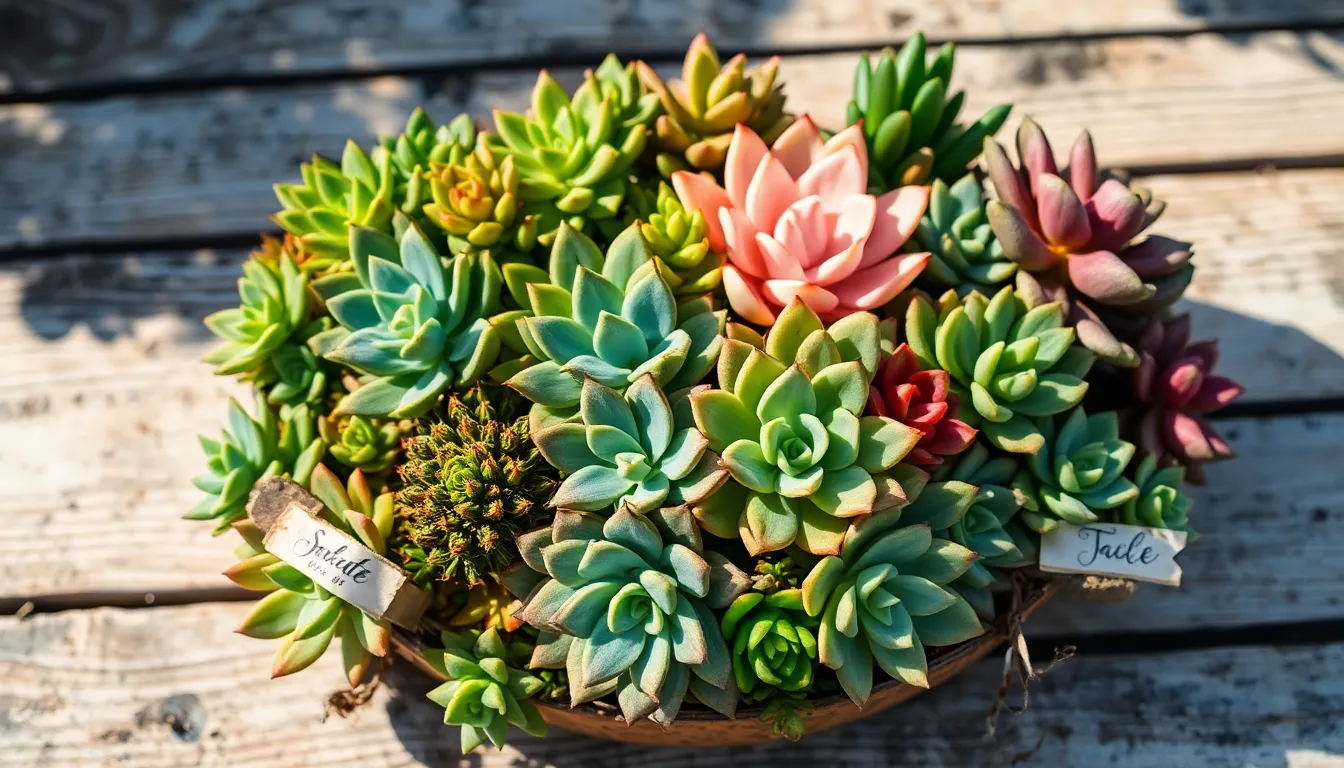Whether you’re just planting your first seed or are a seasoned green thumb, the allure of a flourishing garden can be irresistible. Yet, the time and effort required to maintain such beauty can sometimes feel daunting. This is where the magic of low maintenance plants comes into play, offering a stress-free experience for both newcomers and veteran gardeners alike. Choosing these resilient varieties not only brings ease but also encourages more people to enjoy the joys of gardening without the constant pressure of upkeep.
The world of low maintenance plants is not just a haven for the time-strapped gardener; it’s a testament to the beauty of simplicity in nature. By incorporating these hardy plants into your garden, you can cultivate a vibrant landscape that thrives with minimal intervention. Throughout this article, you’ll discover how selecting the right plants can transform your gardening experience, providing you with more time to relish the serenity of your outdoor space. From drought-tolerant wonders to pest-resistant champions, you’ll learn how to make smart choices that lead to a thriving, low-stress garden.
Delving into the specifics, we’ll explore the myriad benefits that low maintenance plants bring to your garden and lifestyle. You’ll uncover practical tips for selecting species that will flourish in your unique environment, ensuring success even with limited gardening experience. Whether your goal is to save time, conserve water, or simply enjoy a beautiful garden with less hassle, this guide is designed to empower you with the knowledge you need. So, let’s embark on a journey to discover the perfect low maintenance plants that will make your gardening dreams a delightful reality.
Understanding Low Maintenance Plants
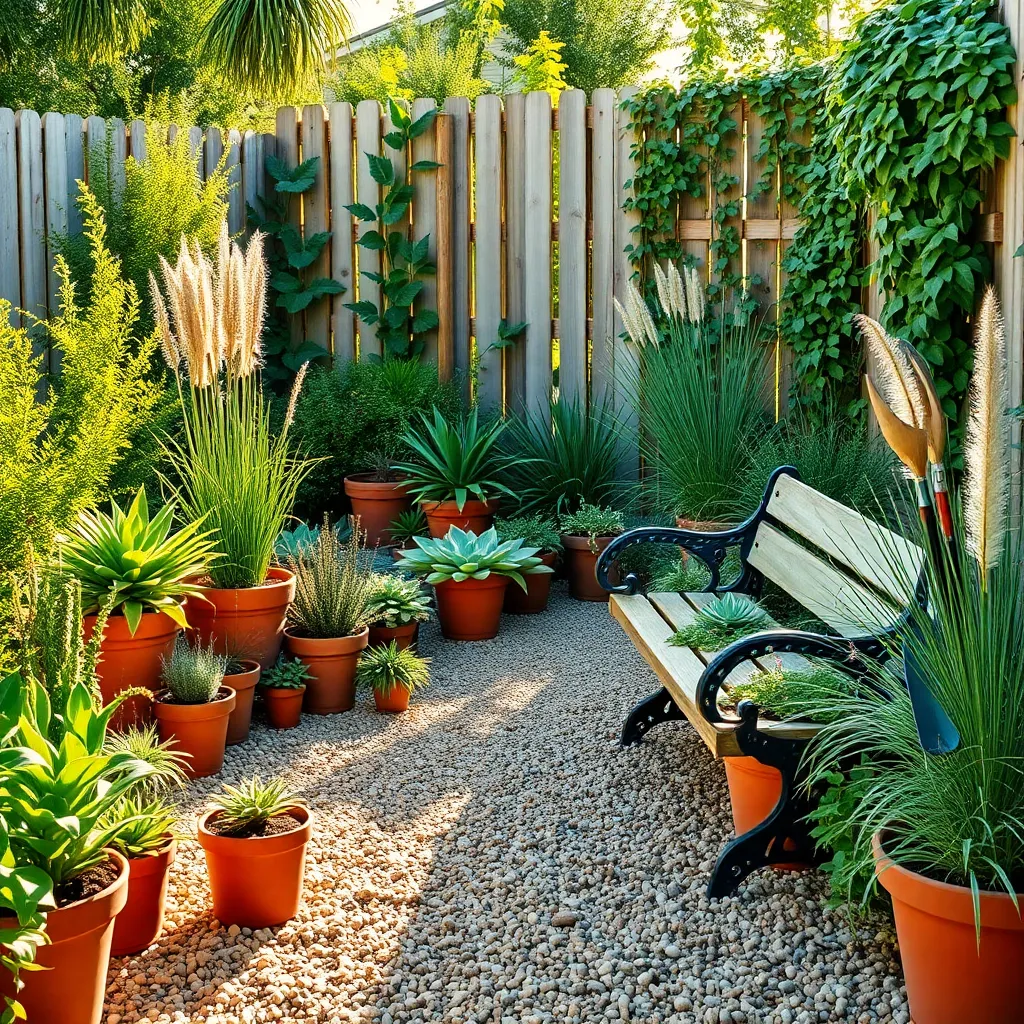
Low maintenance plants are an excellent choice for gardeners looking to enjoy greenery without the constant upkeep. These plants usually require minimal watering, are resilient to pests, and thrive in various soil conditions, making them perfect for busy individuals or beginners.
Consider incorporating succulents, such as aloe vera and jade plant, into your garden. These hardy plants need well-draining soil and infrequent watering, which makes them ideal for those who might forget to water regularly.
Perennials like lavender and hostas are also great low maintenance options. They come back year after year and only require occasional pruning to maintain their shape, offering a long-term solution for a beautiful garden with minimal effort.
For a touch of color, include marigolds or cosmos, which are both easy to grow from seed. These flowers thrive in poor soil and full sun, providing vibrant blooms with little more than basic watering and deadheading.
Time-Saving Gardening Strategies
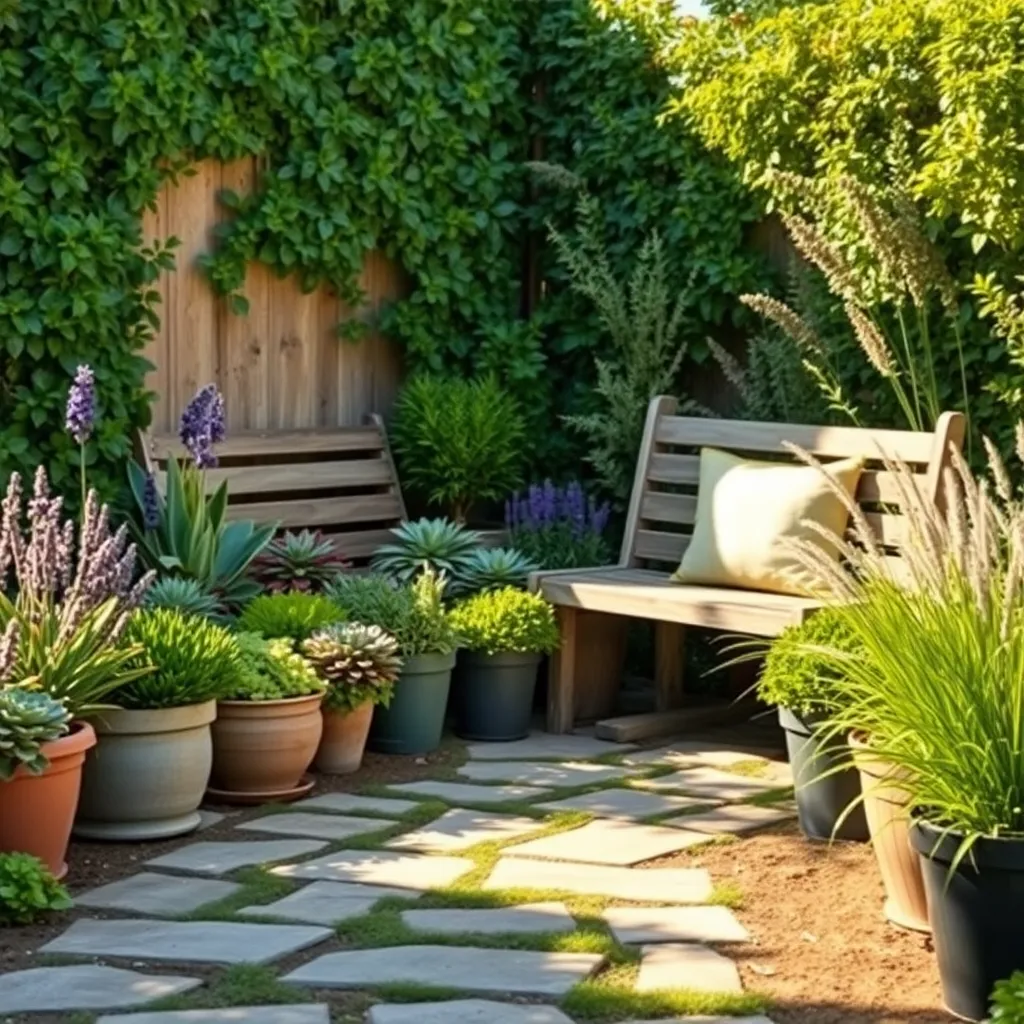
To save time while gardening, consider implementing efficient watering strategies that match the needs of low maintenance plants. Drip irrigation systems can be a fantastic option, as they deliver water directly to the roots, reducing wastage and ensuring that plants receive consistent moisture.
Mulching is another time-saving technique that benefits your garden tremendously. By applying a layer of organic mulch, such as bark or straw, you can significantly reduce the need for frequent watering and weeding, as it helps retain soil moisture and suppresses weeds.
Group plants with similar water, light, and soil requirements together to streamline care routines. This method, known as companion planting, not only saves time but also creates a micro-environment where plants can thrive by supporting each other’s growth.
For more advanced gardeners, consider automating certain tasks with technology. Using tools like automatic timers for your irrigation system can ensure your plants are watered at optimal times, even when you’re not available to tend to them personally.
Cost-Effective Plant Choices
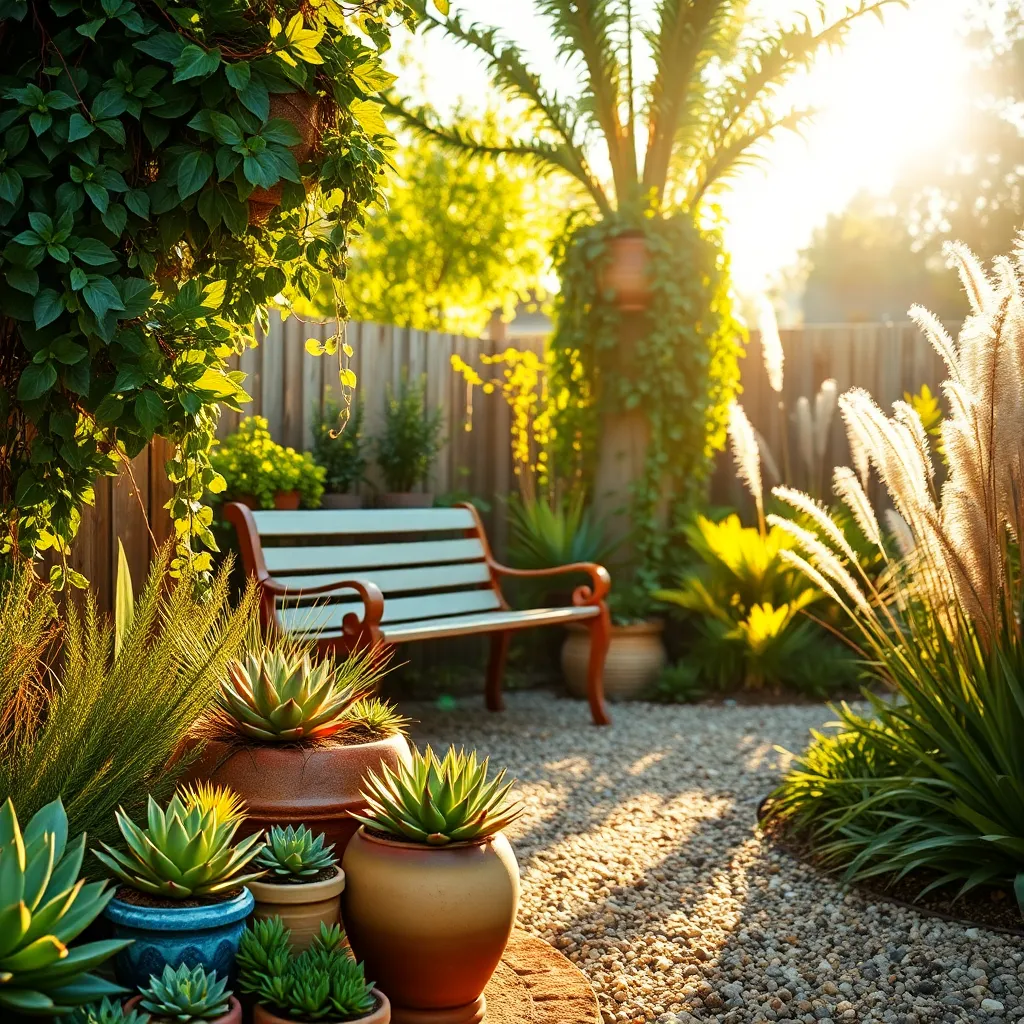
Choosing cost-effective plants doesn’t mean sacrificing beauty or diversity in your garden. Opt for perennials like lavender and daylilies, which come back year after year, reducing the need for frequent replanting.
Start with seeds rather than mature plants to save money and enjoy a wider variety of options. While seeds require a bit more patience, they allow you to experiment with different species and find what thrives in your garden’s conditions.
For a low-cost and low-maintenance selection, consider native plants that are well-adapted to your local climate and soil conditions. Native plants typically require less water and fertilizer, leading to lower maintenance costs and environmental impact.
When it comes to soil, focus on improving what you already have instead of purchasing expensive amendments. Composting kitchen scraps and garden waste can enrich your soil naturally, promoting healthy plant growth and saving you money on fertilizers.
Enhancing Garden Sustainability
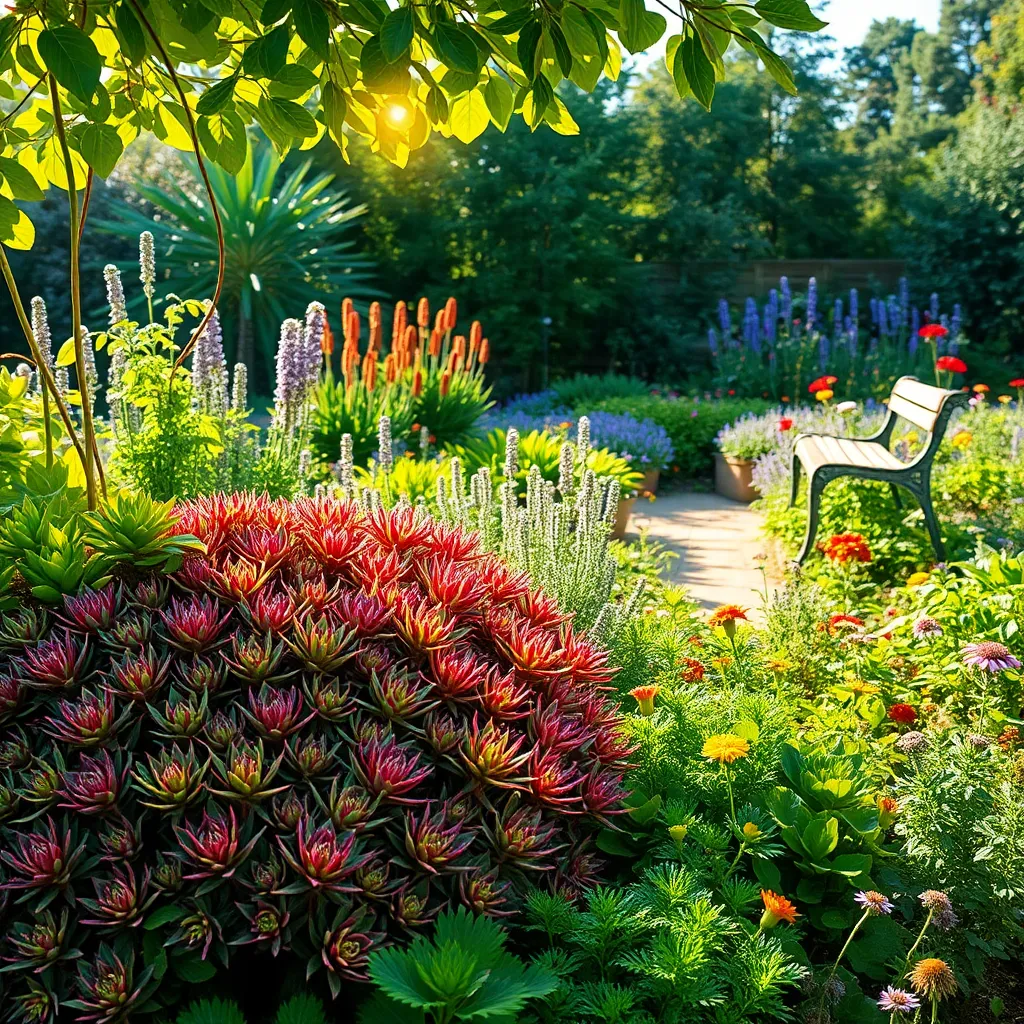
Choosing low maintenance plants for your garden is a foundational step towards sustainability. These plants often require fewer resources, such as water and fertilizers, reducing the overall environmental impact.
Integrating native plants into your garden can significantly enhance sustainability. Native species are well-adapted to the local climate and soil conditions, making them resilient and less reliant on external inputs.
Mulching is another effective technique to improve garden sustainability. Applying a layer of organic mulch around your plants helps retain soil moisture, suppresses weeds, and gradually enriches the soil as it breaks down.
For a more advanced approach, consider implementing a companion planting strategy. This involves pairing plants that mutually benefit each other, such as pairing marigolds with tomatoes to naturally deter pests.
Year-Round Plant Resilience
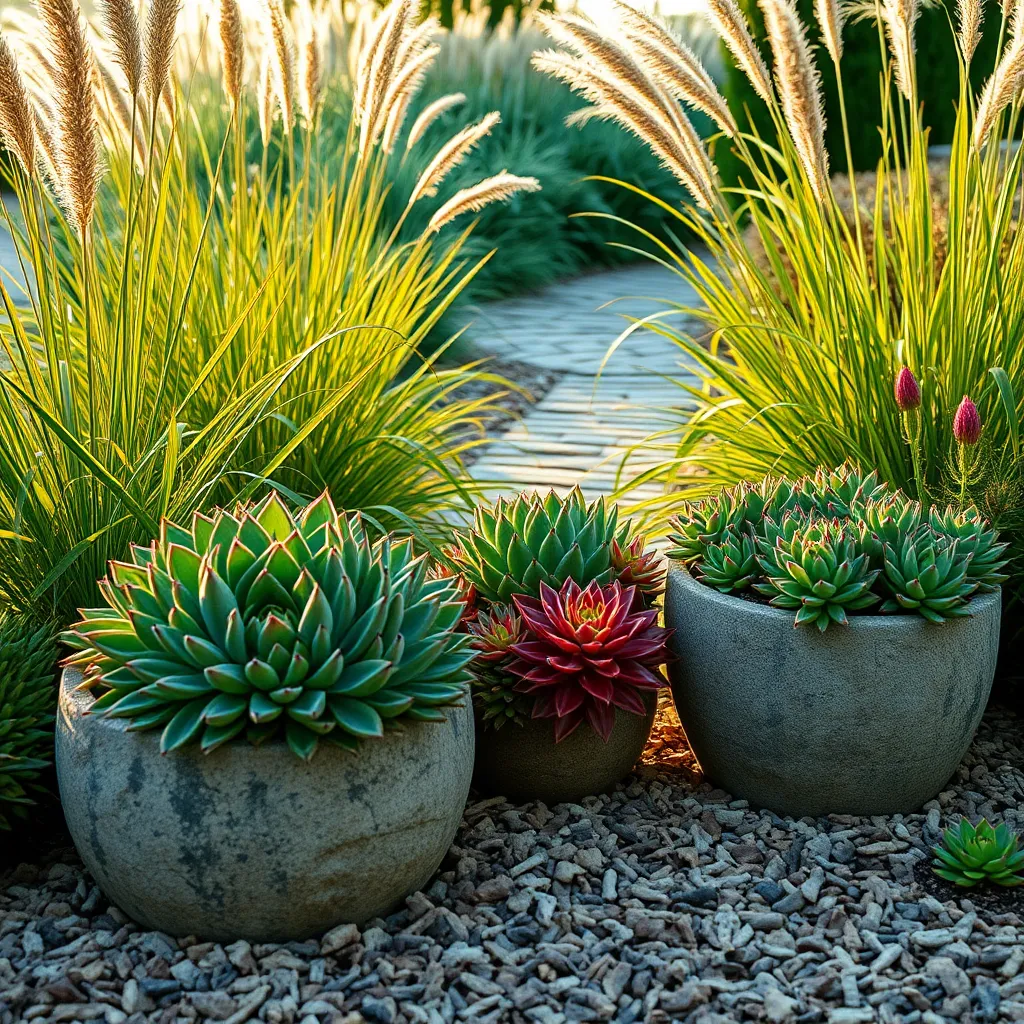
Choosing low maintenance plants can significantly enhance year-round plant resilience in your garden. These plants are often more adaptable to varying environmental conditions, making them less susceptible to seasonal changes.
Begin by selecting native or well-adapted species that thrive in your local climate. Native plants are inherently more resistant to local pests and diseases, reducing the need for chemical treatments and interventions.
Incorporating drought-tolerant plants such as lavender or succulents can greatly minimize watering needs. These plants often require watering only once every couple of weeks, allowing you to conserve water while maintaining a vibrant garden.
Consider using mulch to protect your low maintenance plants throughout the year. Mulching helps retain soil moisture, suppresses weeds, and provides a layer of insulation against temperature extremes.
For those looking to deepen their gardening skills, experiment with companion planting. This technique involves strategically placing plants together that can support each other’s growth, like pairing marigolds with tomatoes to naturally deter pests.
Lastly, ensure your soil is well-draining and rich in organic matter to support plant health year-round. Regularly amending your soil with compost can improve its structure and nutrient content, promoting robust plant growth.
Conclusion: Growing Success with These Plants
In exploring the benefits of choosing low-maintenance plants, we’ve discovered five key relationship concepts: cultivating patience, fostering resilience, nurturing growth, enhancing communication, and promoting balance. These concepts, drawn from the nurturing nature of plants, can be seamlessly applied to enrich our personal relationships. By choosing low-maintenance plants, we learn to appreciate the slow and steady path to growth, understand the importance of resilience in facing challenges, and recognize the value of ongoing communication and care.
As an actionable next step, consider introducing a low-maintenance plant into your home as a living reminder of these principles. Let it serve as a daily symbol of your commitment to cultivating a healthy, balanced relationship.
Remember to save or bookmark this article as a quick reference guide—a tool for nurturing not only your plants but also your connections with loved ones. By integrating these insights into your daily life, you are setting the stage for relationship success that flourishes over time. Here’s to a future where your relationships grow as beautifully and effortlessly as your chosen plants. Empower yourself today to take this small step towards a thriving, harmonious partnership.

